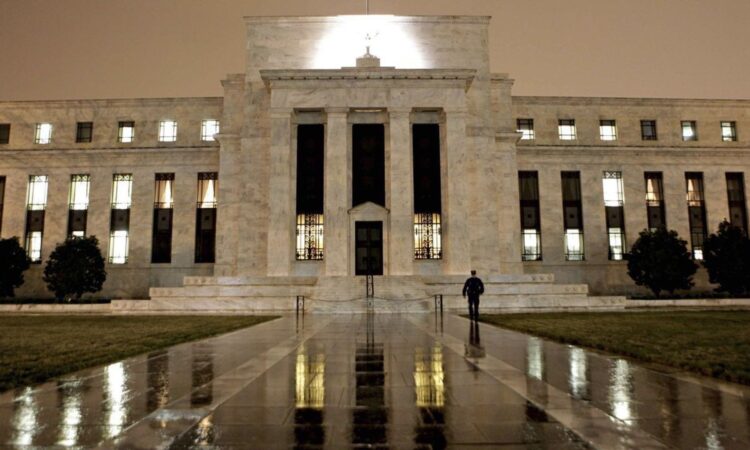
Layoffs are mounting in economic sectors beyond the technology industry in the United States amid the Federal Reserve’s policy of deliberately slowing the economy by hiking interest rates in order to increase unemployment and undercut workers’ wage demands.
Key industries impacted include manufacturing and retail. Dow Chemical, the chemicals, plastics and consumer products manufacturing giant based in Midland, Michigan, announced a workforce reduction of 2,000 employees on Thursday.
During an earnings call with analysts, Dow CEO Jim Fitterling said the layoffs were necessary because of a 32.5 percent drop in corporate earnings in 2022. He said the sharp decline in profits was the result of deteriorating economic conditions in the second half of the year.
The Dow layoffs are part of a global cost-reduction program unveiled in October to save $1 billion in 2023. These cutbacks include factory closures in Europe that have yet to be announced.
Also on Thursday, the toy and board games company Hasbro Inc. announced organizational changes that include the elimination of 15 percent of its workforce, or approximately 1,000 jobs. Hasbro CEO Chris Cocks said in a statement that the job cuts were necessary to achieve $250-$300 million in cost savings over the next three years.
CEO Cocks also said the fourth quarter of 2022 “represented a challenging moment” for the $8 billion corporation. Like many publicly traded corporations on Wall Street, Hasbro’s stock value fell by nearly one-half in 2022. With the financial elite demanding cost-cutting and layoffs to restore profitability, Cocks said the corporation is “on track to drive significant cost savings across the business and improve our overall competitiveness.”
Media reports on Friday said the computer chip manufacturer IntelCorp. was planning to double the number of layoffs planned at its headquarters in Santa Clara, California, to a total of 378.













